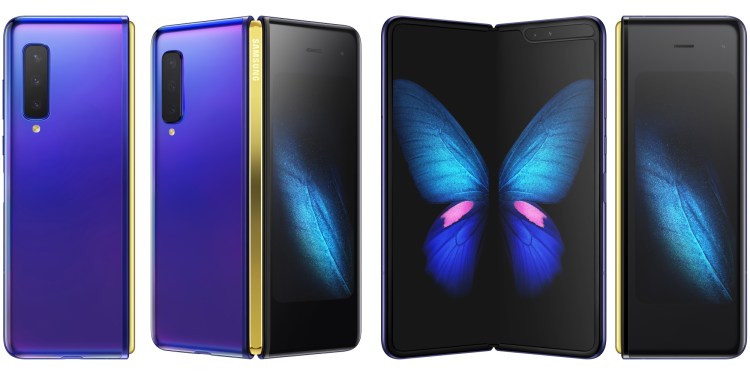Even as smartphones — once the luxury class of cellphones — have become such a market presence as to completely subsume the category, there exists a segment of early adopters who are willing to spend their hard-earned cash on overpriced and deeply flawed technology, all in pursuit of an early look at the future. But instead of mocking those of us who overspend on products that will become much more polished two or three generations down the road, you should appreciate the fact that the phone you will own in two years will partially be a product of the hyper-critical feedback we issue today.
In essence, the market has established a very efficient way for technology to become appropriate for mass consumption: Shiny new things draw in a mix of the curious and the attention seeker, both of whom exhibit a much lower elasticity of demand for cutting-edge technology than the average consumer. In other words, early adopters self-select as willing participants in alpha- or beta-testing brand new capabilities, by virtue of their appetite for certain products even as prices approach a level that greatly exceeds utility.
It’s always been an expensive habit, approaching four figures even when the average cellphone price was much lower than it is today (because of both subsidies and inflation). And manufacturers like Apple and Samsung have gotten very adroit at using it to their advantage. In the past several years, both of those companies have floated technology commonplace only a few years later, in exclusive devices alongside more traditional wares, and positioned them as sneak previews of what’s to come.
More recently, Samsung has taken the model one step further, having begun last year to introduce certain features, designs, and capabilities into its mid-range devices before they’d even been incorporated into the highest-end handsets. It’s a clever gambit, in that it broadens the base of users who volunteer to test new things that may only exhibit their peculiarities at scale.
June 5th: The AI Audit in NYC
Join us next week in NYC to engage with top executive leaders, delving into strategies for auditing AI models to ensure fairness, optimal performance, and ethical compliance across diverse organizations. Secure your attendance for this exclusive invite-only event.
The one thing I really like about the Fold is that it's the first phone in quite a few years whose form factor alone will make it stand out and draw attention.
— Evan Blass (@evleaks) February 20, 2019
These were both companies that offered separate, highly priced, and viscerally appealing phones during the tenth-year anniversaries of their respective marquee flagship brands. Who copied whom isn’t really as pertinent as what it says about the mobile industry going forward: that it seems very willing to turn at least part of what used to be internal quality assurance testing into a paid perk for its most dedicated — and, unfortunately, its most wealthy — customers.
That latter point is less of a critique of the consumption class and more an observation of where this consumer-as-beta-tester model falls short. If you are buying a Galaxy Fold knowing full well what you’re getting yourself into, then you will likely be responsible in your public evaluations of the device; however, if you’re just buying it because you can, and equate a high price with being the ambiguous “best,” then your disappointment, if expressed broadly and unconditionally, could undeservedly hinder adoption of the underlying tech.
Fold appeals to certain people in a very visceral manner, and even though we know from experience that first-gen products tend to suck, we will still hop back on the bandwagon for another ride.
— Evan Blass (@evleaks) February 21, 2019
That being said, manufacturers still bear some responsibility for delivering a functional experience in what are otherwise indulgences. Early adopters are willing to give companies some leeway in exchange for finally letting us play with tech that we’d formerly only read about, but we don’t want to feel like suckers, spending more than everyone else just to get inferior enjoyment.
Still, it should be clear that being an early adopter involves some sacrifices that the typical user does not want, and should not have, to make. With the Galaxy Fold, one need only look at the size of the device versus the comically low percentage of the front face occupied by display to realize that that they’d probably be better off both financially and performance-wise with the highest-spec’ed Galaxy S10+.
So unless early reviews find some absolutely deal-breaking flaws with what is admittedly a device beta-testing several new technologies at once, I am reasonably willing to play this game once again with the Galaxy Fold. And since your own phone circa 2021 might fold, or roll up, or do something else once considered cutting-edge, please don’t chide me too much if I do.


